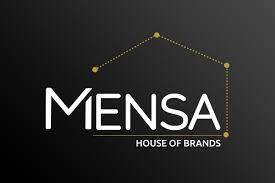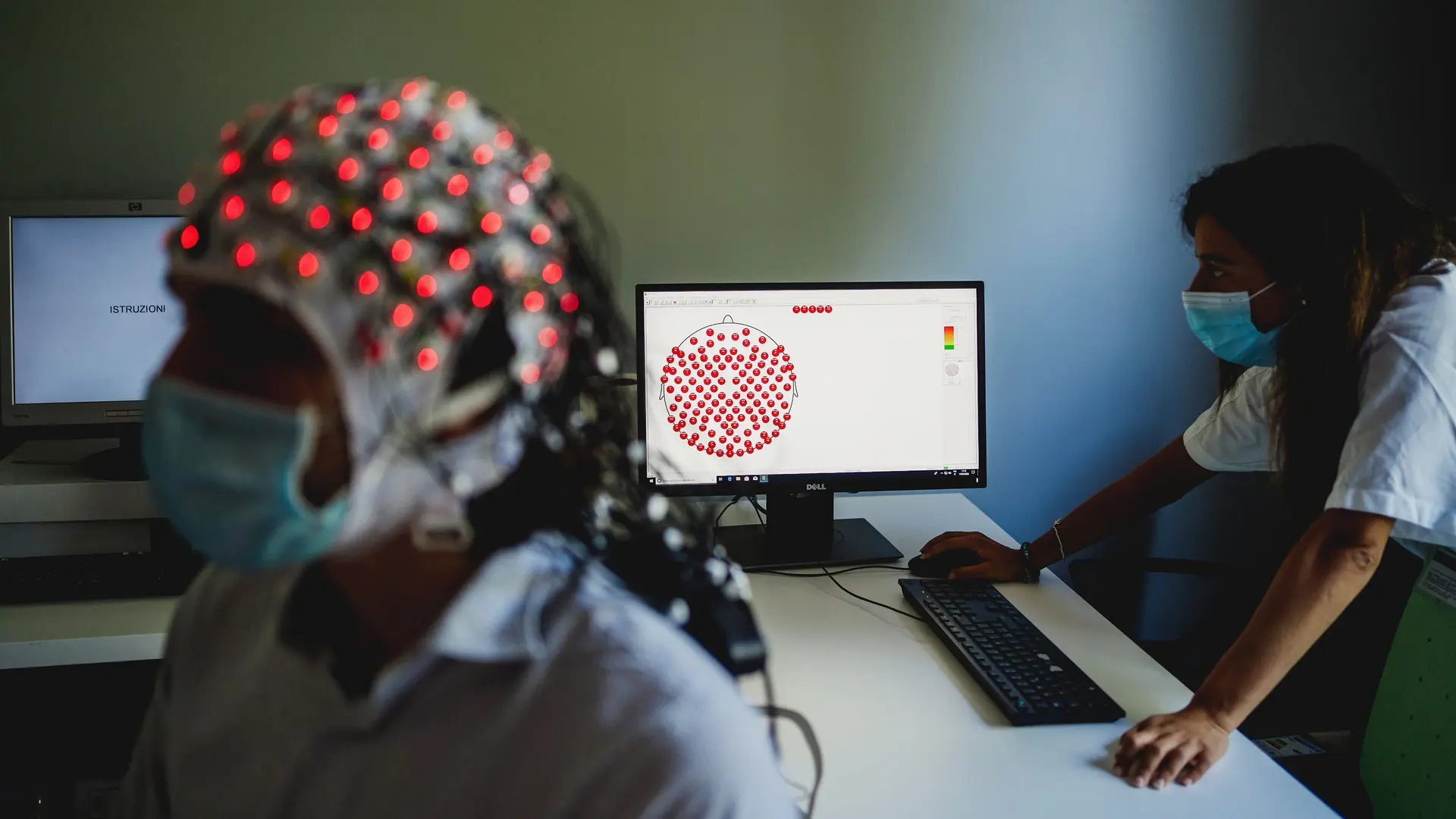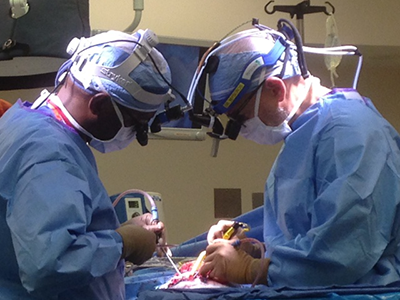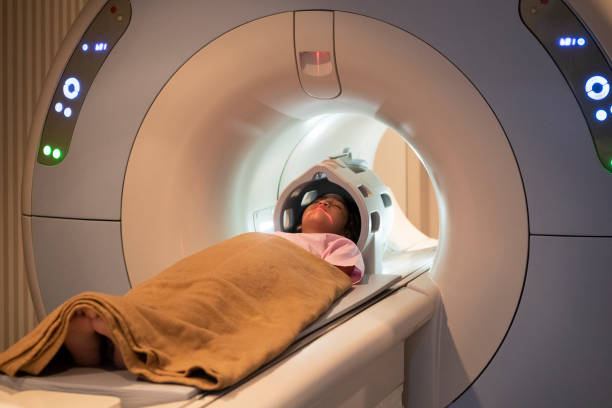Symptoms of epilepsy in Children?
Because the brain controls all aspects of the body, epilepsy can have different effects on a child depending on where in the brain seizures occur. Seizures can be subtle and barely noticeable or frightening to witness.
Staring, tremors, convulsions, or jerking movements in the arms and legs
Stiffening of the body, loss of consciousness & breathing problems
Loss of bowel or bladder control, falling suddenly for no apparent reason
Not responding to noise or words for short periods of time, appearing confused or in a haze
Extreme sleepiness and irritability when waking up in the morning, Head nodding or dropping
Periods of rapid eye blinking, changes in vision and speech & vomiting
What causes seizures?
A seizure happens when cells in the brain fire or “talk” too much, temporarily disrupting the brain’s normal electrical signals.
Seizures have many possible causes, including:
Head injuries
Birth trauma
Congenital conditions (conditions that your child is born with) such as brain development disorders
Brain tumors
Genetic conditions
Stroke
Metabolic problems
How is epilepsy diagnosed?
Many conditions, such as stroke, fainting, heartbeat concern, or breath-holding spells, can cause symptoms that look like epilepsy. If you think your child has epilepsy, a neurologist will review your child’s medical history, complete a physical exam, and may order testing, most likely an electroencephalogram (EEG). EEGs measure electrical activity in the brain. At the Epilepsy Center at Boston Children’s Hospital, we use high-definition EEG, which allows our clinicians to get a more detailed picture of your child’s brain activity.
MRI, PET, SPECT, or other brain imaging, MEG (magnetoencephalography), TMS (transcranial magnetic stimulation)
These tests help neurologists diagnose which type of epilepsy your child has — focal onset epilepsy or generalized epilepsy.
Treatment of epilepsy
Epilepsy medication : Medication remains the first line of treatment for epilepsy. There are many types of medications to treat seizures, and doctors can individualize medical treatment to help control your child’s specific type of seizures.
Chronotherapy : This approach involves carefully timing treatment to when seizures most often happen. It can often help medications work more effectively to control seizures.
Genetically tailored treatments : The ICON Foundation uses DNA sequencing to discover previously unknown genetic causes of seizures, some of which disrupt brain biochemistry in a way that can be targeted with drugs.
Pharmacogenomics : Genetic differences in metabolism can affect children’s responses to medications. By studying how an individual’s genetic makeup influences their response to medications, doctors choose the best treatment for each patient
Diet therapy : Diet therapy can be an option for childhood epilepsy when medications don’t control seizures or cause intolerable side effects. It can be especially helpful for certain types of epilepsy, such as myoclonic-astatic epilepsy (Doose syndrome).









